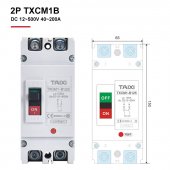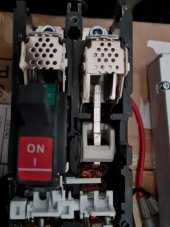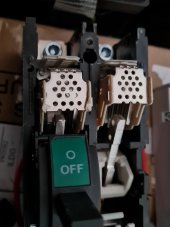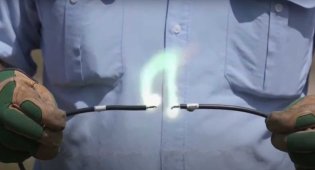meetyg
Solar Enthusiast
- Joined
- Jun 4, 2021
- Messages
- 1,089
Hi.
I recently got this type of DC circuit breaker:

It's a 2 pole DC breaker, mine is rated for 160ADC, but has same connection drawing as in the picture.
I will use it to connect my 24v Lifepo4 battery to my 3k 24v inverter.
My question is, where does the load (inverter) go, and where does the battery?
From my understanding of the little schematic, the load goes on the bottom, but I'm not totally sure.
The inverter is an AIO, so it will also charge the battery, but I suppose that most of the current will be the inverter pulling from the battery.
Your help is appreciated!
I recently got this type of DC circuit breaker:

It's a 2 pole DC breaker, mine is rated for 160ADC, but has same connection drawing as in the picture.
I will use it to connect my 24v Lifepo4 battery to my 3k 24v inverter.
My question is, where does the load (inverter) go, and where does the battery?
From my understanding of the little schematic, the load goes on the bottom, but I'm not totally sure.
The inverter is an AIO, so it will also charge the battery, but I suppose that most of the current will be the inverter pulling from the battery.
Your help is appreciated!






